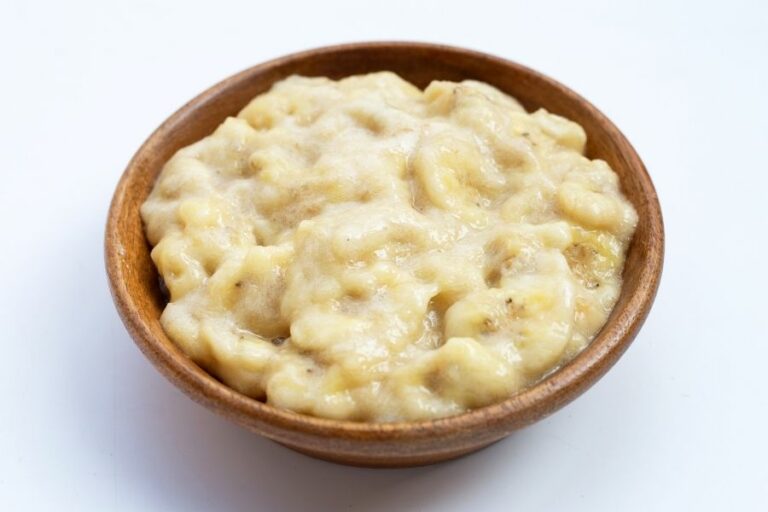Introduction
Sudanese cuisine is a reflection of the country’s diverse cultural and geographical influences. Located at the crossroads of Africa and the Middle East, Sudanese cuisine has been shaped by various cultures, including Arabic and Egyptian cuisines. Arabic and Egyptian culinary influences are evident in many Sudanese dishes, making them unique and flavorful.
Arabic and Egyptian culinary influences in Sudanese cuisine
The proximity of Sudan to Egypt and the shared cultural and historical ties between the two countries have led to significant culinary influences. Sudanese dishes are often prepared with Arabic spices and ingredients such as cumin, coriander, and turmeric. Egyptian cuisine has also influenced Sudanese cuisine in the use of legumes and vegetables in many dishes.
Ful medames: Sudanese breakfast dish of fava beans
Ful medames is a popular Sudanese breakfast dish made from fava beans. It is often served with bread, eggs, and cheese. The dish has its origins in Egypt, where it is also a popular breakfast dish. The dish is prepared by slow-cooking the beans in a pot with spices and garlic. It is then served with olive oil, lemon juice, and chili pepper sauce.
Kofta: Sudanese take on Egyptian meatballs
Kofta is a Sudanese dish that has its roots in Egyptian cuisine. It is made by combining ground beef or lamb with spices such as cumin, coriander, and paprika, and shaping the mixture into small meatballs. The meatballs are then cooked on a grill or in a pan and served with rice, bread, or salad.
Bamia: Sudanese okra stew with Arabic origins
Bamia is a Sudanese okra stew with origins in Arabic cuisine. It is made by cooking okra with tomatoes, onions, garlic, and spices such as cumin and coriander. The dish is often served with rice or bread and is popular during Ramadan.
Shata: Sudanese chili pepper sauce with Egyptian roots
Shata is a Sudanese chili pepper sauce that has its roots in Egyptian cuisine. It is made by blending red chili peppers with garlic, vinegar, and salt. The sauce is often used as a condiment for grilled meats and vegetables. It is also served with ful medames for breakfast.
In conclusion, Sudanese cuisine is a unique blend of African and Middle Eastern influences, with Arabic and Egyptian cuisines being the most notable. Ful medames, kofta, bamia, and shata are just a few examples of Sudanese dishes that have been influenced by these culinary traditions. These dishes are not only delicious but also a rich testament to the cultural and historical ties between these countries.

